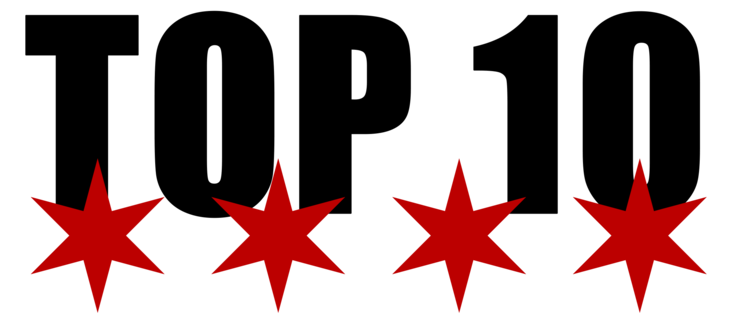The tank meter is running as most White Sox fans check the daily race to the bottom of Major League Baseball. What’s at the end of this gloomy rainbow? The first overall pick in next year’s draft, of course.
MLB Reverse Standings
1) Phillies: —
2) Giants: 0.5 GA
3) White Sox: 1.5 GA
4) A's: 6.0 GA
5) Tigers: 6.0 GA
6) Mets: 7.0 GA
7) Reds: 8.5GA— Josh Nelson (@soxmachine_josh) September 7, 2017
And what makes the next three games worth watching is to see who will go further in their tanking quest when the San Francisco Giants start a weekend series with the White Sox on Friday. It is unlikely that either team will catch the dreadful Phillies, a team committed to a half-baked rebuild and a young general manager that is clearly in over his head.
But as the White Sox stroll along happily ignoring their major-league plummet, Nick Hostetler and the scouting cognoscenti continue their mission; leave no prospect behind.
The Athletic’s James Fegan corralled White Sox scouting director, Nick Hostetler for a late-season state-of-the-minor-league union conversation and unearthed some interesting insight from the South Siders top scout.
Fegan cut right to the heart of the matter with his first question about Hostetler’s attention to the race-to-the-bottom and what his feelings are at this point about picking No. 1 in the draft.
“To be honest with you James, I don’t pay attention to the picking thing because it can be really tedious,” Hostetler told Fegan. “You can sit there one night and move up a spot, or move down a spot. I’ll check maybe once a week just to see.”
Later, Fegan made a gentle jape about having (Jake) Burger, (Jace) Fry and (Seth) Beer in the same lineup one day, something White Sox fans will soon create an entertaining hashtag about.
I've lost all shame, so I asked the White Sox scouting director about a team with Beer, Burger and Fry on ithttps://t.co/RT8v32ZYZB pic.twitter.com/99TfesAxiu
— James Fegan (@JRFegan) September 7, 2017
But all quips and witty puns aside, Hostetler offered a glimpse into how the organization felt about prospects they netted in trades before they were professionals.
Fegan: … You’ve spoken about how you guys liked Dane Dunning in the draft, but suffice to say the same could be said of Dylan Cease, Blake Rutherford, A.J. Puckett, etc.?
Hostetler: … Dylan Cease is a guy where we loved the upside and the athletic ability he had. Should he have not gotten hurt, he was a guy we were squarely on. It’s not been made a secret that Blake Rutherford was squarely in the mix and discussed about for the pick we chose Zack Collins with. … Even A.J. Puckett might have gone a round higher than where we had him, but he was a guy our analytics department identified and our scouts identified in Southern California that fit the type of player we wanted. All of them are guys we had interest in.
And this list doesn’t include strikeout-factory Alec Hansen, once hailed as a possible first-overall pick that slipped to the second round.
That Hostetler and his band of bird dogs had prospects like Rutherford, Cease and Puckett in their crosshairs is no surprise. The nature of scouting is such that the elite prospects are on everyone’s radar, but understanding how other teams evaluate talent highlights the complicated calculus of creating a draft board.
It is not as simple as ranking the best players first-to-worst. Whether or not a player will sign for slot-money factors heavily into where players are picked and how a team weighs certain metrics (and how other teams weigh metrics) complicates matters.
Fegan asked Hostetler about the scale of scouting data in assessing prospects and the marriage between eyeballs and measurable.
“The way we operate and we believe is the right way and works best for our organization, is a nice marriage between the two,” Hostetler said. He went on to mention that other teams fall along the vast continuum of evaluation models and opened his playbook for a passing moment.
“When we see a stat guy in the draft, we kind of got a pretty good idea, “Well, he’s got good numbers, and he’s had them over the course of two, three seasons, so this is going to be a guy they’re going to take.” We know that going in and we know if we want them we might have to jump a round.”
Stopping short of admitting any hint of espionage on a scale of the recent Astros and Cardinals hacking scandal, information is a commodity and many front office officials bounce around the league filling their playbooks with data from previous gigs. It’s a small pond these big fish swim in and they all talk to each other. Considering that this is one big poker game with 30 executives at the table, just imagine how mute casual conversations must be – no one wants to be the guy that slipped and spilled the ingredients of the special sauce.












